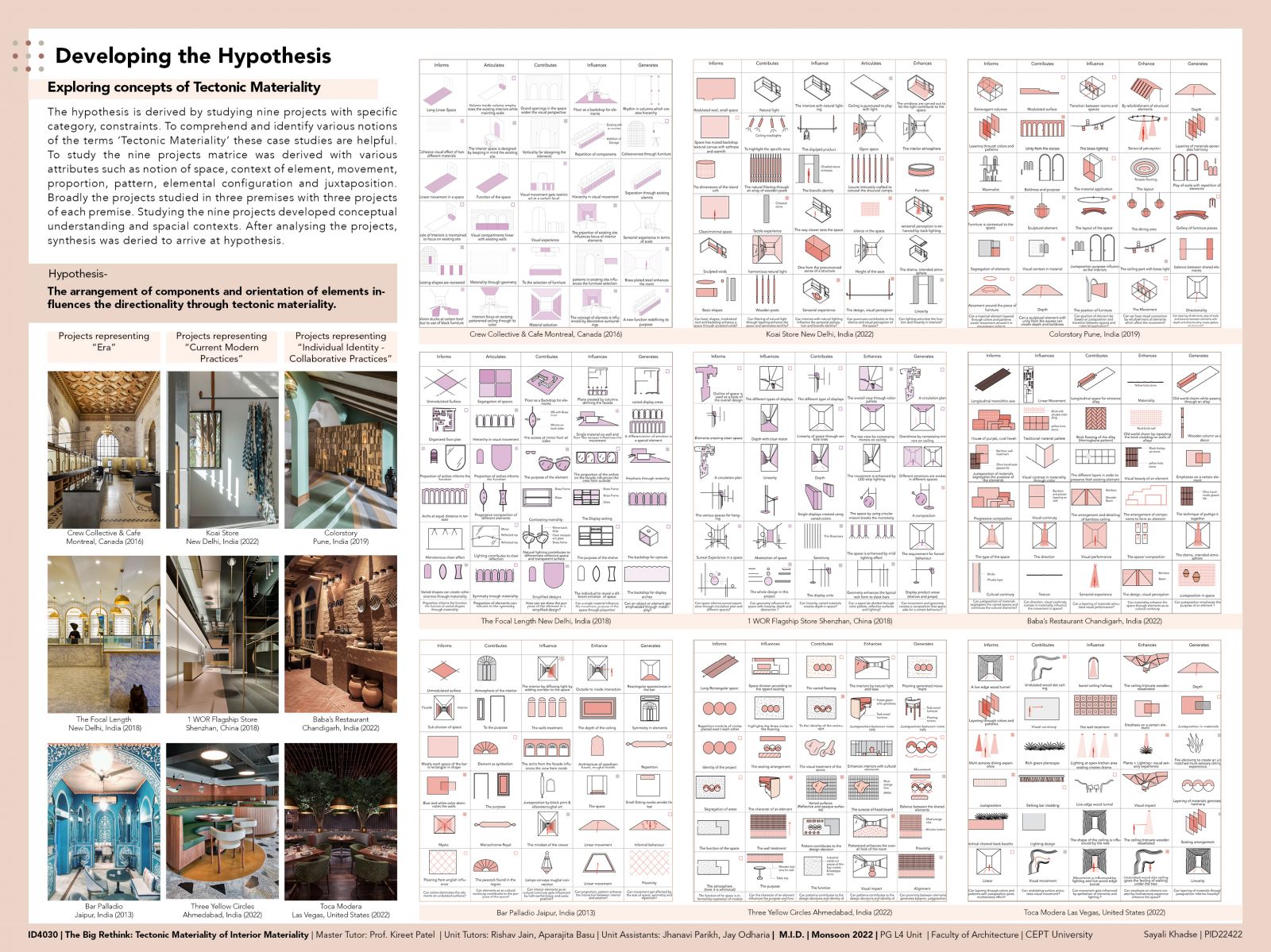How To Make Spring Break Better For Kids: Fun Activities And Planning Tips

Table of Contents
Planning the Perfect Spring Break: Essential Steps for a Smooth Trip
Careful planning is the cornerstone of a successful spring break. Let's delve into the essential steps to ensure a smooth and enjoyable trip for your family.
Setting a Realistic Budget
Before you start dreaming of exotic locations, create a realistic budget. Consider travel costs (flights, gas, train tickets), accommodation (hotels, rentals, camping), activities (theme park tickets, museum entry fees), and food.
- Tips for Saving Money:
- Pack your own lunches and snacks to avoid expensive restaurant meals.
- Look for free activities in your chosen destination – parks, beaches, hiking trails are often free and fun.
- Take advantage of discounts and deals; many attractions offer family packages or discounts for advance booking.
- Utilize budgeting apps to track expenses and stay within your allocated budget.
- Prioritize essential expenses and be flexible with less important ones.
Choosing the Right Destination
The perfect destination depends on your children's ages and interests. Consider what will truly engage them.
- Kid-Friendly Destinations:
- For younger children: Beaches, amusement parks with gentle rides, children's museums, zoos.
- For teenagers: Adventure parks, national parks, historical sites, cities with vibrant cultural scenes.
- For diverse interests: Consider destinations offering a mix of activities, like a coastal city with museums and water parks.
- Factors to Consider:
- Accessibility: Ensure the destination is easy to navigate with children, considering accessibility for strollers or wheelchairs.
- Safety: Research the safety of the area and choose accommodations with appropriate security measures.
- Kid-friendly amenities: Look for places with playgrounds, pools, kids' clubs, or other family-friendly facilities.
Creating a Detailed Itinerary (Without Over-Scheduling)
While a plan is crucial, avoid over-scheduling. Balance structured activities with free time for spontaneous fun and relaxation.
- Tips for a Flexible Itinerary:
- Involve your kids in the planning process to build excitement and ownership.
- Build in downtime for relaxation and unscheduled play.
- Allow for flexibility to adjust plans based on your children's energy levels and interests.
- Example Itinerary: Day 1: Beach day; Day 2: Museum visit & park play; Day 3: Free day for exploring; Day 4: Theme park; Day 5: Relaxing pool day.
Fun Spring Break Activities for Kids of All Ages
Choosing age-appropriate activities is key to a successful spring break.
Age-Appropriate Activities
- Toddlers (0-3 years): Parks with soft surfaces, indoor play areas, simple playdates, sensory activities.
- Younger Children (4-7 years): Children's museums, zoos, interactive exhibits, age-appropriate theme park rides, simple craft projects.
- Tweens/Teenagers (8-17 years): Adventure parks, sporting events, historical sites, workshops, volunteer opportunities, city exploration.
Educational and Engaging Activities
Combine fun with learning.
- Educational Excursions: Science museums, historical sites, nature centers offer opportunities for learning through exploration.
- Interactive Workshops: Cooking classes, art classes, or science experiments provide hands-on learning experiences.
- Incorporating Learning: Turn everyday activities into learning opportunities – a scavenger hunt in a park can combine nature exploration with problem-solving skills.
Creative and Imaginative Activities
Encourage creative expression during spring break.
- Building Forts: A classic activity that sparks imagination and cooperation.
- Creative Writing Prompts: Encourage storytelling and self-expression.
- Costume Design: Let your kids design and create costumes for imaginative play.
- DIY Projects: Simple crafts using readily available materials provide a creative outlet.
Tips for a Stress-Free Spring Break
Even the best-laid plans can encounter unexpected hurdles. Preparation is key to mitigating stress.
Packing Essentials
Avoid last-minute scrambling by creating a comprehensive packing list.
- Kids' Essentials: Clothing suitable for all weather conditions, toiletries, sunscreen, hats, comfortable shoes, favorite books/games, electronic devices (with chargers!).
- Efficient Packing: Use packing cubes to organize items, roll clothes instead of folding to save space, and utilize lightweight travel bags.
Maintaining a Routine
While flexibility is important, maintaining a consistent sleep schedule and mealtimes helps minimize disruption.
- Jet Lag Management: Gradually adjust sleep schedules before and after travel to minimize jet lag effects.
- Staying on Track: Establish a loose daily schedule incorporating activities and downtime.
- Healthy Habits: Maintain regular mealtimes and encourage healthy eating and exercise.
Dealing with Unexpected Situations
Prepare for potential issues to avoid panic.
- First-Aid Kit Essentials: Include bandages, antiseptic wipes, pain relievers, and any necessary medications.
- Emergency Contact Information: Keep emergency contact details readily available.
- Backup Plans: Have alternative activities or accommodations in case of unforeseen circumstances.
- Problem-Solving: Practice problem-solving skills with your children so they can participate in finding solutions.
Conclusion
Planning a successful spring break for your kids involves careful preparation, age-appropriate activities, and a proactive approach to potential challenges. By following these tips on how to make spring break better for your kids, you can create a week filled with fun, learning, and lasting memories. Remember to prioritize budgeting, choose the right destination, and involve your kids in the planning process. Plan the best spring break for your kids, make this spring break unforgettable for your children, and learn how to make spring break better for your kids today!

Featured Posts
-
 The Da Vinci Code A Deep Dive Into Dan Browns Masterpiece
May 13, 2025
The Da Vinci Code A Deep Dive Into Dan Browns Masterpiece
May 13, 2025 -
 Natural Fiber Composites Market Global Forecast To 2029
May 13, 2025
Natural Fiber Composites Market Global Forecast To 2029
May 13, 2025 -
 Elsbeth Season 2 A Crucial Year End Deadline For The Judge Crawford Plotline
May 13, 2025
Elsbeth Season 2 A Crucial Year End Deadline For The Judge Crawford Plotline
May 13, 2025 -
 Nhl Draft Lottery 2025 New York Islanders Get 1 San Jose Sharks 2 Chicago Blackhawks 3
May 13, 2025
Nhl Draft Lottery 2025 New York Islanders Get 1 San Jose Sharks 2 Chicago Blackhawks 3
May 13, 2025 -
 Ko Igra U Filmu Avengers Doomsday Potpuni Spisak Glumaca
May 13, 2025
Ko Igra U Filmu Avengers Doomsday Potpuni Spisak Glumaca
May 13, 2025
